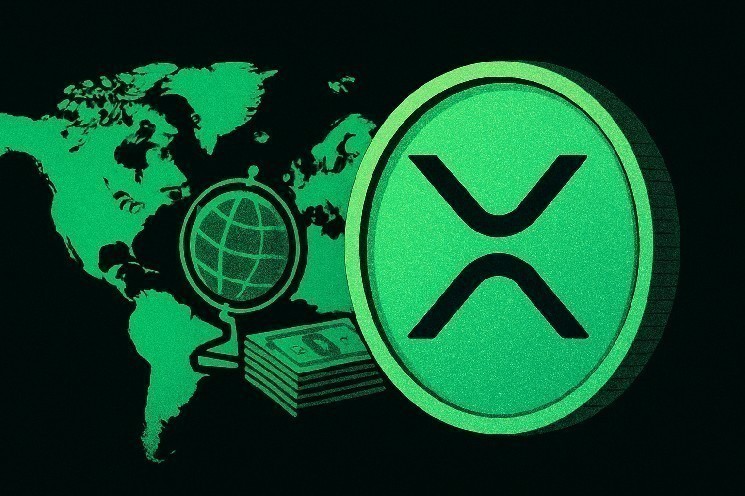- Central banks are seeking more efficient ways to promote international payments, and Ripple has emerged as a key player in these debates.
- Swift continues to be the backbone of the global financial messaging used by banks and financial institutions.
The X Finance Bull post on social media platform X is agitating the crypto space. The message said, “Are you still suspicious of $XRP? Do you want to read? Project Stella (European Central Bank + Bank of Japan) literally studied the Ripple rail next to Swift to rewire cross-border payments with DLT. And honestly? They might be in something.
Started in 2016, Project Stella is a joint research initiative between the European Central Bank (ECB) and the Bank of Japan (BOJ). It was created to perform practical testing of distributed ledger technology (DLT) in the core financial system. It’s like continuing to run the global economy.
The study began in 2017 when ECB and BOJ used a blockchain framework to replicate elements of a real-time gross payment system. Their goal was to see if DLT could handle daily transaction volumes. answer? Yes, but there is a warning.
Then, in 2018, when Phase 2 began, we considered using DLT for our Delivery-to-Salary (DVP) scenario. Again, the findings were cautiously optimistic.
However, what was particularly interesting was Phase 3 (2019). Here, banks have unearthed ways to make cross-border transactions, especially safer, faster and more efficient. And it was here that Ripple’s network was recognized along with Swift in the context of real-world payment improvements.
So, what does this mean?
It helps you see the system it is being compared to understand why Ripple’s growing presence is important. Swift, short for Society for Worldwide Interbank Financial Telecommunication, has been the backbone of international banks for decades.
Since its launch in 1973, it has connected over 11,000 banks and financial institutions in over 200 countries. But Swift is essentially a messaging network, not a payment engine.
You will send payment instructions, but the actual money movement is handled by the intermediary web, and often takes 2-5 days, especially for cross-border transfers. Yes, reliable, but slow, expensive, opaque, end-user fees, delays, and very little visibility.
Unlike Swift, Ripple is about both messaging and instant payments. Through the RippleNet platform, Ripple offers a way for financial institutions to communicate and resolve payments in near real-time.
The report states, “Ripple has developed Xcurrent, which connects financial institutions through a global network of participating entities (Ripplenet). Xcurrent is built around the ILP, allowing two-way communication between participating entities and payment adjustments across ledgers.”
This means that both parties know the status of the payment before it is completed, which significantly reduces errors, delays and costs. Additionally, if your institution uses Ripple’s On-Demand Liquidity (ODL) solution, you can use XRP as a bridge asset to instantly convert the currency.
They would eliminate the need for Nostro/Vostro accounts, pre-funded bank accounts that link billions together worldwide just to promote currency exchanges.
X Finance Bull said “XRP will explode soon.” This can be interpreted in several ways. On the one hand, XRP may ultimately be integrated into the global financial system. As CNF previously reported, Ripple and XRP ledgers appeared in discussions related to BRICS Financial Planning as Alliance explores alternatives to traditional banks.
On the other hand, it can simply refer to XRP price action. The token, currently trading at $2.39, has won 10.39% in the past week and another 4.10% in the past day, suggesting a possible breakout towards the $3 mark.














